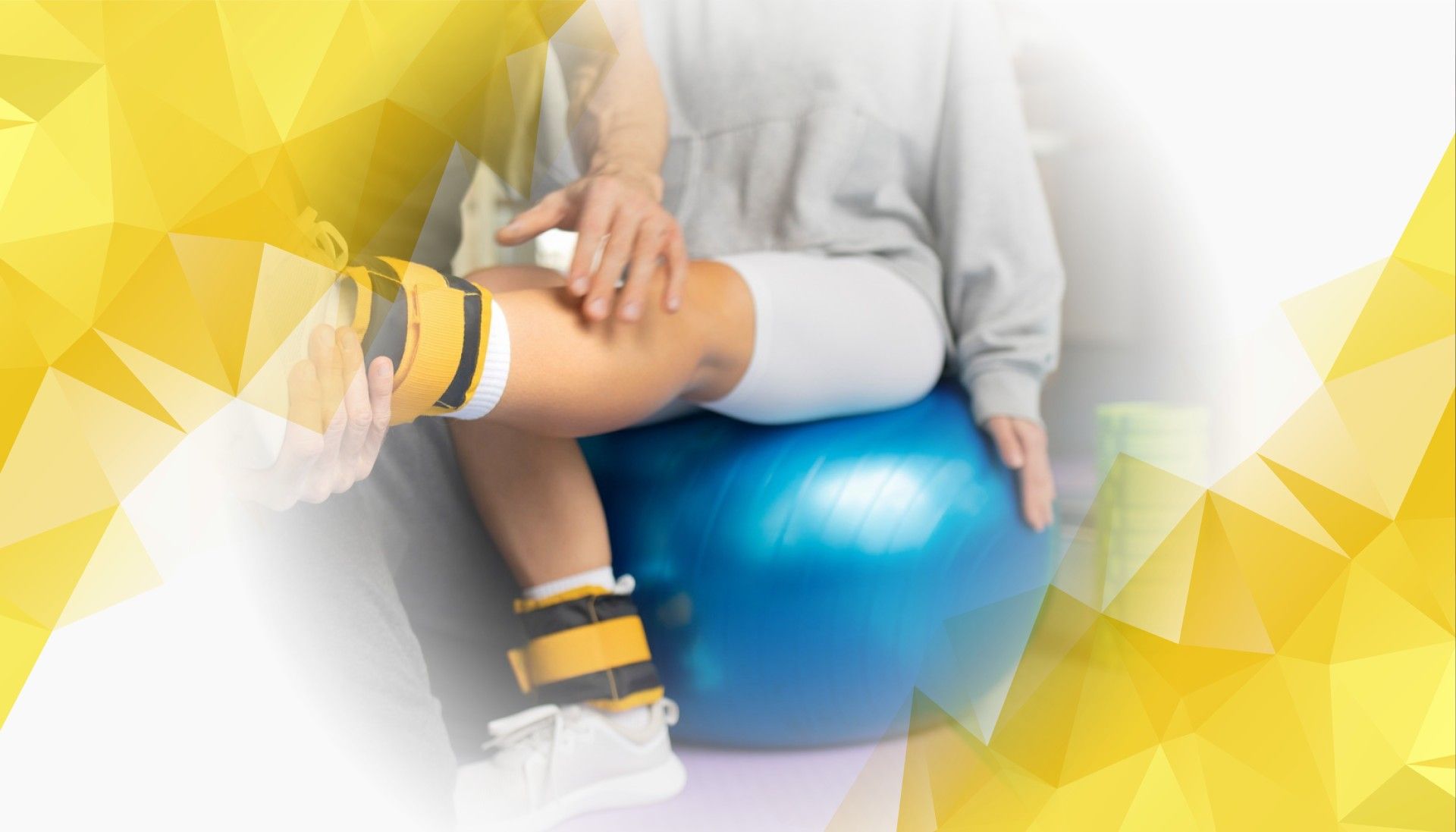Introduction: Tackling the Challenges of Clinical Trial Testing
Clinical trial s are essential for advancing medicine, but they often require a lot from participants. In many studies, people are asked to repeat the same movement multiple times—sometimes five or more—to ensure reliable data collection. This can become tiring or uncomfortable. Traditional motion capture systems usually rely on attaching markers to the body, which adds time and hassle, increasing both physical and mental strain.
Thankfully, markerless motion capture technology now offers a better way. By capturing movement data digitally—without sticky markers—these systems make the process simpler, quicker, and less intrusive. MAI Motion stands out in this field, using advanced digital tools to gather detailed information with a much more streamlined approach. Notably, research shows that collecting data from just three repetitions (instead of five) is just as reliable. In this article, we’ll look at how MAI Motion reduces participant burden while still delivering the precise clinical assessments needed in research.
MAI Motion: Smarter Motion Capture, Less Burden
MAI Motion is a cutting-edge digital system designed to record movement without the need for markers or bulky equipment. This means physical functions—such as the common sit-to-stand test —can be assessed more easily and comfortably than ever before. One of its biggest advantages is collecting reliable data using just three repetitions, compared to the usual five.
Recent studies confirm that this shorter protocol is just as accurate. Measurements like joint angles barely differ whether the test is repeated three or five times, and there’s no significant increase in variability—meaning the data remains consistent and trustworthy. By asking for fewer repetitions, MAI Motion reduces the time and effort required from participants, making trials more comfortable and less exhausting. This approach not only eases physical demands but also helps participants stay engaged and more likely to complete the study.
The technology behind MAI Motion —the use of standard RGB cameras and powerful software—plays a key role in this progress. Markerless motion capture is more comfortable for participants and can be used in a wider range of clinical settings than traditional systems, making it more accessible to a broad range of people (Armstrong et al., 2024).
Striking the Right Balance: Efficiency and Data Quality
Balancing efficiency with data quality is critical in clinical trial s. Tests that ask for multiple repetitions can be tough on participants, potentially leading to fatigue or lack of focus, which reduces the reliability of the results.
The evidence shows that MAI Motion ’s three-repetition approach delivers results just as precise as the five-repetition standard. Important measures like joint angles and force impulses remain consistent, and participant feedback highlights the benefit: less effort with no compromise in accuracy. This efficiency frees up researchers to spend more time on what matters—caring for participants and refining their studies—without losing data quality.
Moreover, this new system can be used to assess treatment success, track rehabilitation progress, and monitor disease progression, all while reducing participant burden (Armstrong et al., 2024).
What This Means for the Future of Clinical Trials
Adopting MAI Motion ’s streamlined approach could change the way clinical trial s are conducted. By asking less of participants physically, studies become more accessible to those who might otherwise struggle—such as older adults or people with limited mobility. This inclusivity helps make research more representative of the wider population.
Reducing the number of repetitions saves time, allowing for more frequent assessments and longer follow-up periods. This flexibility leads to better monitoring, more personalised care, and, ultimately, better health outcomes. As clinical research continues to evolve, participant-friendly methods like MAI Motion ’s will be central to ensuring trials reflect real-world patient needs.
Conclusion: Making Clinical Trials Easier Without Losing Precision
MAI Motion ’s innovative markerless technology and validated three-repetition protocol offer a way to significantly reduce participant burden without losing data quality. This approach not only makes clinical trial s more comfortable and efficient but also maintains scientific rigor. By prioritizing participant comfort alongside accuracy, MAI Motion is helping shape a future for clinical research that’s both inclusive and robust—delivering better experiences for participants and better outcomes for healthcare.
References
Armstrong, K., Zhang, L., Wen, Y., Willmott, A. P., Lee, P., & Ye, X. (2024). A marker-less human motion analysis system for motion-based biomarker identification and quantification in knee disorders. Frontiers in Digital Health, . https://doi.org/10.3389/fdgth.2024.1324511
Armstrong, K., Wen, Y., Zhang, L., Ye, X., & Lee, P. (2022). Novel clinical applications of marker-less motion capture as a low-cost human motion analysis method in the detection and treatment of knee osteoarthritis. Journal of Arthritis, 11, Article 053. https://doi.org/10.4172/2167-7921.2022.11.053
Wen, Y., Verma, T., Whitehead, J. P., & Lee, P. (2025). Empirical validation of a streamlined three-repetition sit-to-stand protocol using MAI Motion. Applied Sciences, 15(10), Article 5688. https://doi.org/10.3390/app15105688

